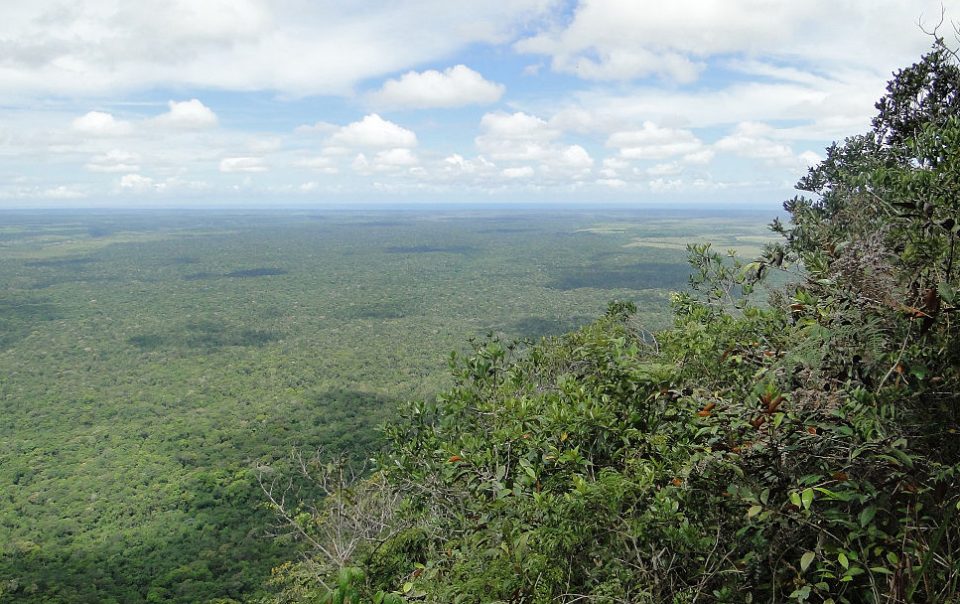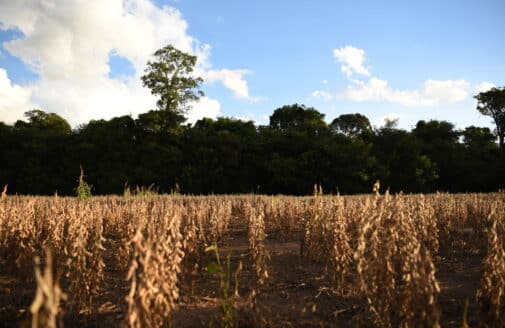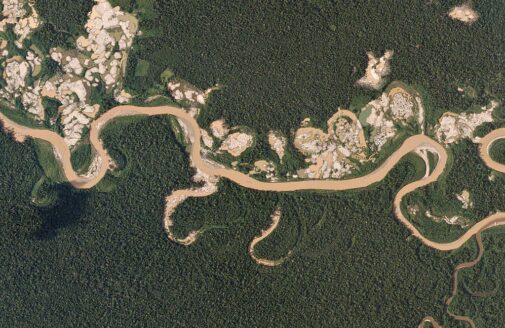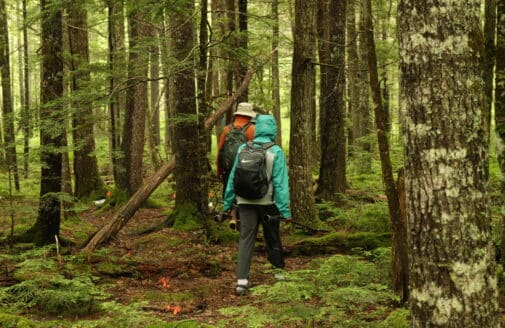Study: Drying Brazilian forests are climate harbinger

Climate change is already creating sizable shifts in the forests of northeast Brazil’s Caatinga region, with much greater changes still to come, according to a new study led by Woodwell Climate Research Center (formerly Woods Hole Research Center) scientist Dr. Andrea Castanho and published in Environmental Research Letters. Co-authored by Woodwell scientists Drs. Michael Coe, Paulo Brando, Marcia Macedo, Alessandro Baccini and Wayne Walker, the finding has important implications for forests worldwide.
The study of Brazil’s Caatinga region, which is the world’s largest, seasonally dry tropical forest, combines an exhaustive compilation of field data, landmark biomass estimates from Drs. Baccini and Walker, and historical and future climate data to quantitatively link climate, plant physiognomy, and biomass. The study finds that from 2008–2017, more than 90% of the region shifted to a dryer climate space compared to the historical reference period of 1950–1979.
“There’s a direct link between biomass and climate–if you know what the climate is, you have a really good idea of what the biomass is going to be. What we saw was that for more than a decade, it’s been drier than normal. Climate models predict a continuing trend to drier conditions in this region in coming decades, and that will lead to a shift away from current forests toward reduced biomass ones,” said Dr. Castanho.
According to the new work, thorn woodlands or non-vegetated areas could dominate the Caatinga region by the end of this century. That would translate to a 30-50% decrease in above-ground biomass and a corresponding drop in the amount of carbon absorbed by the ecosystem.
“This study has huge ramifications not just for the region but for the world. Forest biomass is not going to remain static in the face of changing temperatures and precipitation. Forests will change and probably fairly rapidly. We have to account for that when we are calculating the impact on greenhouse gas emissions and climate,” said Dr. Coe. “Additionally, at the local and regional level, this research can help improve micromodels of local vegetation and species and how they interact with climate.”
This research was supported by both the US National Science Foundation (NSF) and the Brazilian NSF. You can support research like this by going to donate and designating the Woodwell Climate/IPAM Amazon Fund as your recipient.







